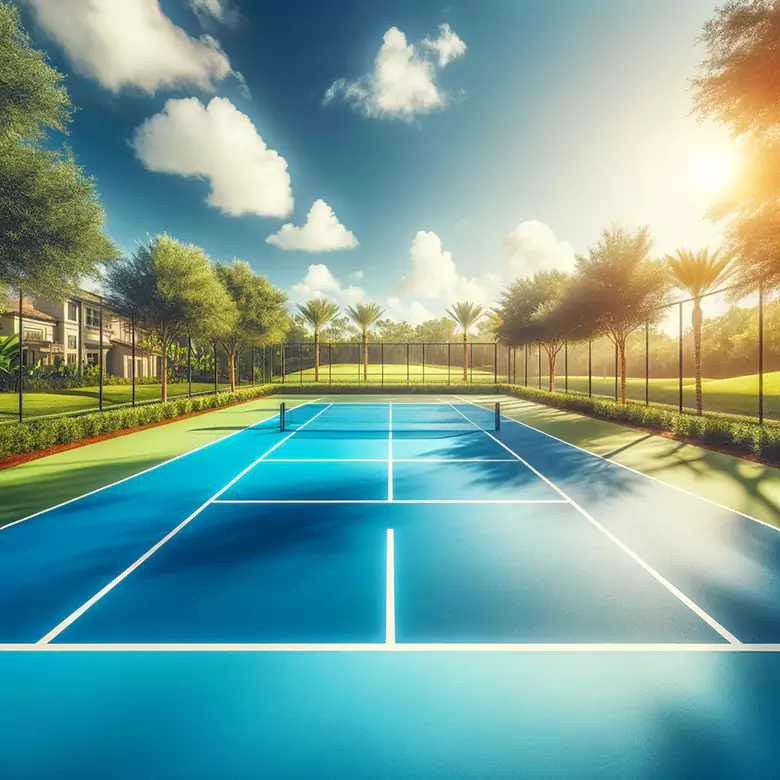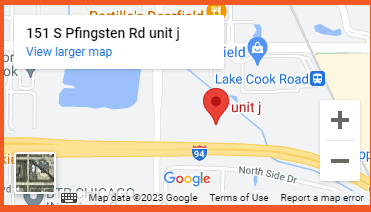Pickleball, a sport that combines elements of tennis, badminton, and table tennis, has rapidly gained popularity. As more facilities are built to accommodate this growing interest, proper maintenance of pickleball courts becomes crucial. This article provides comprehensive guidance on pickleball court maintenance, focusing on best practices that ensure longevity and safety.
Understanding Pickleball Court Composition
Before diving into maintenance practices, it’s essential to understand the materials and construction of pickleball courts. Typically, these courts are made from concrete or asphalt and are coated with an acrylic surface layer to provide optimum playability and durability. Recognizing the type of surface and its specific needs is the first step in effective maintenance.
Regular Cleaning and Debris Removal
Maintaining a clean residential indoor pickleball court is essential for ensuring player safety and preserving the quality of the court surface. Regular cleaning practices include:
- Daily Sweeping: Every day, it is important to sweep the court to remove leaves, dirt, and other debris. This not only keeps the surface safe for players but also prevents the accumulation of materials that can degrade the acrylic coating over time. Using a soft broom or a blower can effectively clear the surface without causing damage.
- Scheduled Washing: At least once a month, the court should be thoroughly washed to remove dirt and prevent the growth of mildew and moss, which can make the surface slippery and dangerous. Use a mild detergent mixed with water and apply it with a soft-bristled brush or a mop specifically designed for sports surfaces. After washing, it’s crucial to rinse the court with clean water to remove any soap residue, which could affect the court’s grip and color.
- Spot Cleaning: In case of spills or stains from food, beverages, or leaves, spot cleaning should be performed immediately to prevent permanent staining. Non-abrasive cleaners are recommended to avoid damaging the surface.
- Professional Cleaning: Annually, consider hiring professionals to deep clean the court. They can use specialized equipment to effectively remove stubborn stains and build-ups without harming the court.
Monitoring for Cracks and Damage
- Regular Inspections: Monthly inspections are crucial for early detection of any cracks, peeling, or other damages. This involves a detailed examination of the entire court surface, edges, and net posts. Identifying problems early can significantly reduce repair costs and prevent minor issues from escalating.
- Repair Techniques: For minor cracks and damage, a high-quality acrylic crack filler should be used. This filler can accommodate the expansion and contraction of the surface under varying temperatures, which prevents the cracks from reappearing. Make sure the filler is compatible with your court’s specific surface material.
- Professional Resurfacing: Larger areas of damage or extensive wear and tear might require professional resurfacing. This process involves cleaning the existing surface, repairing any damages, and applying new acrylic material. While this is more costly than simple repairs, it can dramatically improve the appearance and functionality of the court, making it feel brand new.
- Preventive Measures: To prevent damage, avoid using sharp objects or heavy equipment on the court. Ensure that footwear and sports equipment used on the court are appropriate and in good condition to avoid any undue stress on the surface.
Managing Moisture and Water Drainage
Effective moisture management and water drainage are critical for maintaining the structural integrity and safety of residential outdoor pickleball courts. Here’s how to manage these aspects effectively:
- Proper Drainage: Ensuring adequate drainage is essential to prevent water accumulation, which can damage the court surface and create slip hazards. Courts should be designed with a slight slope to facilitate water runoff, preventing pooling. Drainage systems should be checked regularly to ensure they are clear of debris and functioning properly.
- Sealcoating: Applying a sealcoat every 2 to 5 years is crucial for protecting the court from moisture penetration, UV rays, and other environmental stressors. Sealcoating also replenishes the surface’s vibrant color and helps maintain its texture, which is essential for consistent ball bounce and player traction. Choose a sealcoat product that is specifically designed for sports surfaces to ensure compatibility and effectiveness.
Ensuring Surface Integrity
Maintaining the surface integrity of a pickleball court enhances its longevity and the quality of play:
- Color Coating: The color coating not only boosts the court’s aesthetic appeal but also contributes to its functionality by providing a smooth and consistent playing surface. Regular checks for fading, wear, and tear are necessary. Depending on the level of use and exposure to elements, recoating may be required every few years to restore the surface’s appearance and performance characteristics.
- Surface Leveling: Addressing uneven areas promptly is crucial for maintaining a flat playing surface, which is vital for the safety of players and the performance of the game. Any irregularities can affect ball roll and player movement. Use patching compounds designed for outdoor sports surfaces to correct minor issues, or consider resurfacing if large areas are affected.
Implementing a Scheduled Maintenance Plan
A structured approach to maintenance ensures that the court remains in top condition:
- Maintenance Log: Keeping a detailed log of all maintenance activities is essential. This log should include dates of routine inspections, cleaning, repairs, and other maintenance tasks. It serves as a valuable record for tracking the court’s condition over time and assists in planning future upkeep, ensuring that no essential tasks are overlooked.
- Professional Assessments: Annual assessments by professionals are highly recommended. These experts can evaluate all aspects of the court’s condition, from surface wear to structural integrity, and provide specialized advice on necessary repairs or improvements. Professional assessments help extend the court’s lifespan and ensure that it meets the safety and performance standards required for competitive play.
By integrating these practices into regular maintenance routines, pickleball court operators can significantly enhance the durability, safety, and appeal of their sports facilities, ensuring they remain a favorite among players for years to come.
Conclusion
Maintaining a pickleball court requires consistent effort and attention to detail. By following these best practices, facility managers can ensure that their courts remain safe, functional, and attractive for players. This not only enhances the playing experience but also extends the life of the facility. For more insights and expert guidance on pickleball court maintenance, visit Home Court Advantage. Our resources and professional advice can help you keep your pickleball courts in prime condition, ensuring that they continue to meet the needs of players and remain a beloved asset to your community.

Nate Parsons is the owner of Home Court Advantage, a leading manufacturer and supplier of premium residential and commercial athletic courts based in Northern Illinois. With a strong background in therapeutic recreation and business from York College, Nate has excelled in the sports industry, from college tennis to national rankings in platform tennis. He has served as the Director of Racquet Sports at Glen View Club, President of the Professional Platform Tennis Association, and as a teaching professional in tennis, pickleball, and platform tennis. Nate is also the founder of Pickleball AI, a platform for tracking players and points, and Club Dink, a pickleball brand that brings fun to the game.











